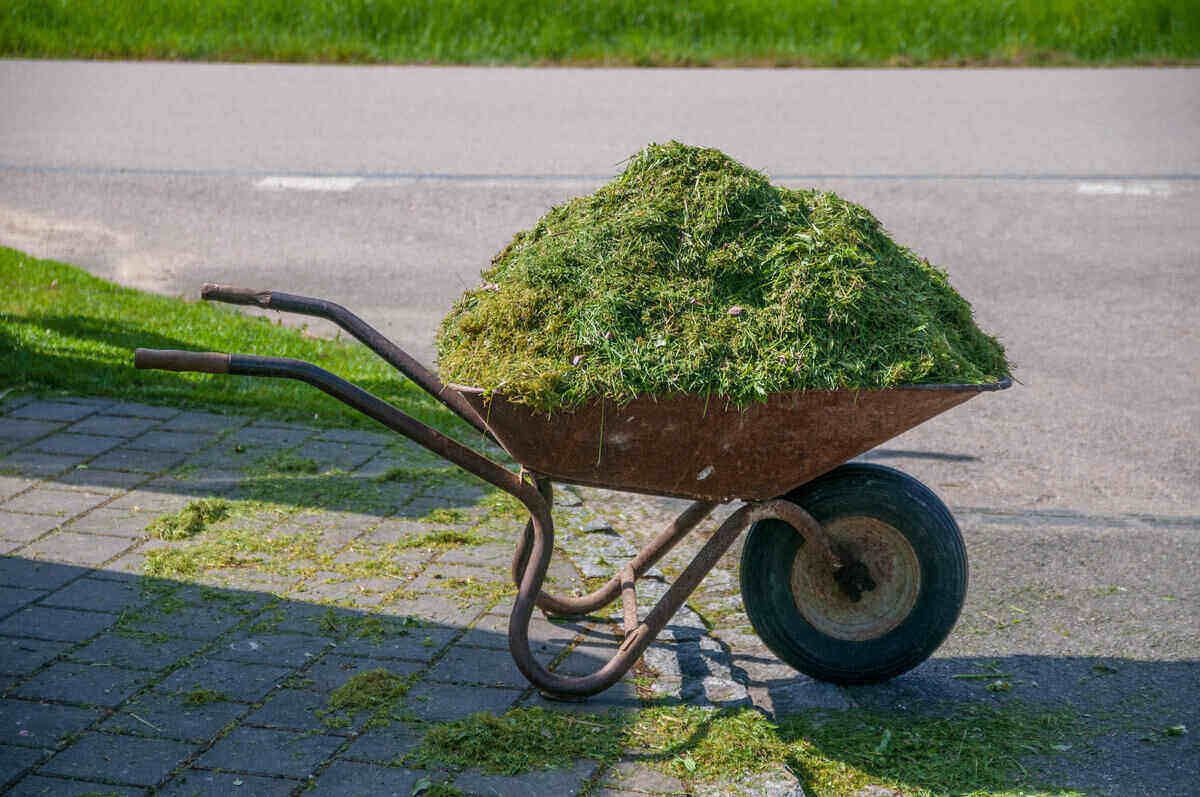

Articles
How To Store Grass Clippings
Modified: January 28, 2024
Learn effective methods for storing grass clippings with our informative articles. Safely preserve and reuse your lawn waste to promote a greener, healthier garden.
(Many of the links in this article redirect to a specific reviewed product. Your purchase of these products through affiliate links helps to generate commission for Storables.com, at no extra cost. Learn more)
Introduction
Grass clippings are a natural byproduct of lawn maintenance that often end up being discarded as waste. However, did you know that grass clippings can actually be put to good use? Storing grass clippings allows you to harness their potential benefits, such as using them as mulch, compost, or even animal feed.
In this article, we will explore the various benefits of storing grass clippings and provide you with the necessary information to make the most out of this readily available resource. So, before you throw away those grass clippings, read on to discover how you can maximize their usefulness and minimize your ecological footprint.
NOTE: Before storing grass clippings, it’s important to ensure they have not been treated with any harmful chemicals, such as pesticides or herbicides. Using organic lawn care practices is highly recommended to avoid any potential health risks when repurposing grass clippings.
Key Takeaways:
- Don’t discard grass clippings! Store and repurpose them as mulch, compost, or animal feed to enrich your garden, reduce waste, and save money on commercial products.
- Prioritize safety when storing and using grass clippings. Avoid treated clippings, wear protective gear, and follow proper techniques to maximize benefits while minimizing risks.
Read more: How To Dispose Of Grass Clippings
Benefits of Storing Grass Clippings
Storing grass clippings can offer a range of benefits for both your garden and the environment. Here are a few key advantages:
- Nutrient-rich soil amendment: Grass clippings are packed with essential nutrients such as nitrogen, potassium, and phosphorus. By storing them and using them as compost or mulch, you can enrich your soil and provide a natural source of nutrients for your plants.
- Moisture retention: When used as mulch, grass clippings act as a protective layer on the soil surface, helping to retain moisture. This can reduce the need for frequent watering, especially during dry periods, and promote healthier plant growth.
- Weed suppression: By applying a layer of grass clippings as mulch, you create a barrier that helps prevent weed growth. Grass clippings can smother weed seeds and inhibit their germination, reducing the need for herbicides and manual weed removal.
- Cost savings: Storing grass clippings and utilizing them in your garden can save you money on commercial fertilizers, mulch, and compost. Instead of purchasing these products, you can take advantage of the free and abundant source of nutrients provided by your own lawn.
- Reduced waste: Instead of sending grass clippings to the landfill, storing them allows you to repurpose this organic material effectively. By diverting grass clippings from the waste stream, you can contribute to reducing the amount of waste produced, ultimately benefiting the environment.
These benefits highlight the value of storing grass clippings and using them in a sustainable manner. Whether you choose to use the clippings as mulch, compost, or animal feed, you can transform what was once considered waste into a valuable resource for your garden.
Factors to Consider Before Storing Grass Clippings
Before you start storing grass clippings for reuse, there are a few important factors to consider. Taking these into account will ensure that you make the most out of this resource while maintaining a healthy and safe environment:
- Chemical treatment: It’s crucial to determine whether your lawn has been treated with any chemicals, such as pesticides or herbicides. If your grass clippings have been exposed to these substances, it is not advisable to use them for any purpose other than disposal. Chemicals can contaminate the soil, harm plants, and pose risks to animals or humans who come into contact with them.
- Lawn care products: In addition to chemicals, consider whether your lawn has been treated with other lawn care products, such as weed killers or synthetic fertilizers. While these may not be as harmful as chemicals, they can still affect the quality of stored grass clippings. Organic lawn care practices are recommended to minimize the use of such products and ensure the safety of the clippings.
- Quality of clippings: Ensure that the grass clippings you plan to store are of good quality. Clippings should be fresh, green, and free from excessive weeds or debris. Avoid collecting clippings that are moldy, excessively wet, or have been sitting for an extended period, as they may not be suitable for reuse.
- Storage space: Consider the available storage space you have on your property. Grass clippings can take up a significant amount of space, especially if you plan to store them in large quantities. Make sure you have enough room in your compost bin, storage bags, or designated area to accommodate the clippings as they decompose or dry.
- Proper storage methods: It’s important to store grass clippings in a proper and efficient manner to avoid odor, pest problems, and excessive decomposition. Depending on your intended use, you may need to dry the clippings before storing or ensure they are well-aerated during the composting process. Familiarize yourself with the appropriate storage techniques for your specific purpose.
By considering these factors, you can ensure that you are storing grass clippings safely and effectively. This will ultimately contribute to a successful and sustainable use of this valuable resource.
Proper Techniques for Storing Grass Clippings
Proper storage techniques are essential to maximize the benefits of your stored grass clippings and avoid potential issues such as odor and pests. Whether you plan to use the clippings as mulch, compost, or animal feed, here are some guidelines to help you store them effectively:
- Dry the clippings: If you are planning to store grass clippings for use as mulch, it’s important to dry them out first. Spread the clippings in a thin layer and allow them to dry for a day or two, turning them occasionally to ensure even drying. Dry clippings are less likely to become moldy or emit unpleasant odors during storage.
- Use appropriate storage containers: Depending on the volume of grass clippings you have, choose suitable storage containers. Options include compost bins, garbage bags, or designated areas in your garden. Ensure that the containers or areas have adequate ventilation to allow for proper airflow and prevent excessive moisture buildup.
- Layering: When using grass clippings for composting, it’s best to layer them with other organic materials, such as dry leaves or vegetable scraps. This helps create a balanced carbon-to-nitrogen ratio and allows for better composting. Avoid adding large clumps of grass clippings all at once, as they can mat together and prevent proper decomposition.
- Mix or turn the stored clippings: To promote even decomposition and prevent matting, regularly mix or turn the stored grass clippings. This allows for better airflow and prevents the clippings from compacting. You can use a garden fork or shovel to turn the clippings every few weeks, ensuring they are well-aerated.
- Avoid excessive moisture: Excessive moisture can lead to unwanted odor, rotting, and an increased risk of mold or pests. It’s important to monitor the moisture content of stored grass clippings and ensure they remain slightly damp but not overly wet. If necessary, add dry materials like shredded newspaper or straw to absorb excess moisture.
- Regularly inspect the stored clippings: Regularly inspect the stored grass clippings for any signs of mold, pests, or unpleasant odors. If you notice any issues, address them promptly by adjusting the moisture levels or adding additional dry materials to the mix. Removing any moldy or pest-infested clippings can help prevent the spread of problems.
By following these proper techniques for storing grass clippings, you can ensure that they remain in optimal condition and are ready for use as mulch, compost, or animal feed. Taking care of your stored clippings will help you make the most out of this valuable resource while maintaining a healthy and eco-friendly garden.
Using Grass Clippings as Mulch
Grass clippings can be effectively used as mulch in your garden to provide numerous benefits for your plants and soil. Here’s how to utilize grass clippings as mulch:
- Apply a thin layer: Spread a thin layer of grass clippings, about 1-2 inches thick, around your plants or over bare soil. Make sure that the clippings are not piled up too thickly, as this can create an anaerobic environment and lead to decomposition issues.
- Avoid contact with plant stems: When applying grass clippings as mulch, be careful to avoid direct contact with the stems of your plants. This can help prevent moisture retention and the potential for diseases to develop. Leave a small gap around the base of the plants to allow for airflow.
- Water after application: After applying the grass clippings as mulch, water the area gently. This helps to settle the clippings and encourages them to stay in place. It’s important to keep the mulched area evenly moist, especially during dry periods, to support plant growth.
- Maintain the mulch layer: Regularly monitor the mulch layer of grass clippings and keep it maintained. If the mulch layer becomes too compacted or forms a crust, gently fluff it up with a garden fork or rake. This promotes better airflow and prevents the clippings from matting together.
- Reapply as needed: As the grass clippings break down, they will decompose and become incorporated into the soil. Periodically replenish the mulch layer with fresh clippings to maintain a consistent thickness. This ensures a steady supply of nutrients and continued weed suppression.
Using grass clippings as mulch provides several advantages. It helps retain soil moisture, reducing the need for frequent watering. The clippings also act as a natural weed suppressant, preventing weed growth and reducing competition for nutrients. Additionally, as the clippings decompose, they release essential nutrients into the soil, enriching it and promoting healthy plant growth.
By utilizing grass clippings as mulch, you can make the most out of this readily available resource, improving the health and appearance of your garden while reducing landfill waste.
Store grass clippings in a well-ventilated area to prevent mold and rot. Turn the pile regularly to aerate and speed up decomposition.
Read more: How Long For Grass Clippings To Compost
Using Grass Clippings as Compost
Grass clippings can be a valuable addition to your compost pile, enriching it with vital nutrients and accelerating the decomposition process. Here’s how you can use grass clippings effectively for composting:
- Layer grass clippings: Begin by layering a 4-6 inch thick layer of grass clippings in your compost bin or pile. It’s important to mix the clippings with other organic materials, such as dry leaves, shredded newspaper, or vegetable scraps. This creates a balanced carbon-to-nitrogen ratio, allowing for optimal decomposition.
- Add brown materials: To prevent the grass clippings from matting together and developing an odor, add brown materials like leaves or straw. Aim for a ratio of approximately three parts brown materials to one part grass clippings. This helps create airflow and prevents excessive moisture buildup in the compost pile.
- Turn the compost: Regularly turn the compost pile with a pitchfork or shovel to aerate it and promote decomposition. This allows oxygen to reach the microorganisms responsible for breaking down the organic matter. Turning the pile every couple of weeks helps speed up the composting process and ensures even decomposition of the grass clippings.
- Monitor moisture levels: It’s important to maintain the moisture levels in the compost pile. Grass clippings tend to have a high moisture content, so be cautious not to add too many at once, as this can lead to a soggy pile. If the compost becomes too wet, add dry materials like straw or shredded newspaper to absorb excess moisture.
- Avoid using treated grass clippings: Only use grass clippings that have not been treated with chemicals, such as pesticides or herbicides. These chemicals can negatively impact the composting process and may have adverse effects on the quality of the finished compost. Organic lawn care practices are highly recommended for safe and effective composting.
- Composting time: Under optimal conditions, grass clippings will typically decompose within a few months. However, the actual composting time can vary based on factors such as temperature, moisture levels, and the size of the clippings. Monitor the compost regularly, and once it appears dark, crumbly, and has an earthy smell, it is ready to be used in your garden.
Using grass clippings as compost not only helps reduce waste but also creates a nutrient-rich substance that can improve soil health and enhance plant growth. The resulting compost can be spread over flower beds, vegetable gardens, or used as a top dressing for potted plants.
Remember to avoid using compost made from grass clippings on young seedlings or in areas where there are sensitive plants. This is to prevent potential issues with heat generation or weed seeds that may still be present in the compost.
By incorporating grass clippings into your composting routine, you can optimize the recycling of organic materials and create valuable compost to nourish your garden.
Using Grass Clippings as Animal Feed
Grass clippings can serve as a supplemental feed for certain animals, particularly herbivores, providing them with additional nutrition and variety in their diet. However, it’s important to take specific precautions and follow guidelines when using grass clippings as animal feed:
- Ensure grass clippings are untreated: Only use grass clippings that have not been treated with any chemicals, such as pesticides, herbicides, or synthetic fertilizers. Chemical residues can be harmful to animals and may lead to health issues.
- Feed fresh clippings: Feed the grass clippings to animals immediately after mowing. Fresh clippings are more nutritious and palatable compared to clippings that have been left to dry and decompose for an extended period. Avoid using clippings that are moldy or spoiled.
- Avoid excessive amounts: Grass clippings should be fed in moderation and as part of a balanced diet. They should not make up the majority of an animal’s feed. Grass clippings are high in moisture and can be low in certain nutrients, so it’s important to supplement them with other feed sources to maintain a balanced diet for the animals.
- Know the animal’s dietary needs: Different animals have different dietary requirements, so it’s crucial to understand the nutritional needs of the specific animal you are feeding. Consult with a veterinarian or animal nutritionist to ensure that grass clippings are appropriate and safe for your animals.
- Inspect for contaminants: Before feeding grass clippings, carefully inspect them for any contaminants, such as foreign objects, debris, or potentially toxic plants that might have been inadvertently mowed along with the grass. Remove any contaminants to prevent harm to the animals.
- Introduce gradually: If you are introducing grass clippings to an animal’s diet for the first time, do so gradually. Start by offering small amounts and gradually increase the quantity over time. Observe the animals’ response and monitor for any gastrointestinal issues or adverse reactions.
- Species-specific considerations: Some animals may benefit more from grass clippings than others. Herbivorous animals like rabbits, guinea pigs, and horses may find grass clippings more suitable as a feed supplement, while other animals may have different dietary needs. Tailor the use of grass clippings based on the species and their specific dietary requirements.
Remember that while grass clippings can be a beneficial addition to an animal’s diet, they should never replace the animal’s main source of nutrition. Grass clippings should always be used as a supplemental feed and given in moderation.
By using grass clippings as animal feed, you can reduce waste and provide animals with additional nutrients. However, it’s essential to exercise caution and ensure that the grass clippings are safe and appropriate for the specific animals you are feeding.
Precautions and Safety Measures
When storing and using grass clippings, it’s important to prioritize safety and take certain precautions to avoid any potential risks. Here are some key precautions and safety measures to consider:
- Avoid treated grass clippings: As mentioned earlier, it’s crucial to avoid using grass clippings that have been treated with chemicals such as pesticides or herbicides. These chemicals can be harmful to plants, animals, and humans. Opt for organic lawn care practices to ensure the safety and quality of your grass clippings.
- Wear protective gear: When handling grass clippings, especially when mowing or moving large quantities, it’s advisable to wear gloves, long sleeves, long pants, and closed-toe shoes. This protects your skin from potential irritants, sharp objects, or harmful substances that may be present in the clippings.
- Avoid contaminated clippings: Before storing or using grass clippings, inspect them carefully for any foreign objects, debris, or potentially toxic plants. Remove any contaminants that might pose a risk to your safety or the well-being of your plants or animals.
- Proper storage and handling: Store grass clippings in appropriate containers or designated areas to prevent odor, pests, and excessive decomposition. Ensure proper ventilation and avoid creating anaerobic conditions that can lead to the growth of harmful bacteria. Keep children and pets away from stored clippings to prevent ingestion or accidents.
- Use caution with composting: If you are composting grass clippings, be aware of proper composting techniques to avoid potential dangers. Compost piles can generate heat, so handle them with caution and avoid any risk of burns. Additionally, be mindful of the potential presence of weed seeds in the compost and take appropriate measures to control weed growth.
- Consider allergies and sensitivities: Some individuals may have allergies or sensitivities to grass clippings. If you or anyone in your household has known allergies or respiratory issues, take necessary precautions such as using a dust mask or avoiding direct contact with the clippings to prevent any adverse reactions.
- Follow local regulations: Check your local regulations and guidelines regarding the disposal and use of grass clippings to ensure compliance. Some areas may have specific restrictions or guidelines in place to protect the environment or maintain public health and safety.
By taking the necessary precautions and following safety measures, you can ensure a safe and risk-free experience when storing and using grass clippings. Prioritizing safety not only protects you and your loved ones but also contributes to the overall well-being and success of your garden or animal feeding practices.
Conclusion
Storing grass clippings can offer a range of benefits for both your garden and the environment. By utilizing grass clippings as mulch, compost, or animal feed, you can maximize their usefulness and minimize waste. However, it’s essential to consider certain factors and follow proper techniques to ensure successful and safe usage.
Before storing grass clippings, ensure they have not been treated with any harmful chemicals. Organic lawn care practices are highly recommended to avoid potential health risks. Consider the quality of the clippings and the available storage space before proceeding. Proper storage techniques, such as drying the clippings and using appropriate containers, are crucial to maintain their effectiveness.
Using grass clippings as mulch can help retain moisture, suppress weeds, and provide essential nutrients to the soil. When using clippings as compost, layer them with other organic materials and maintain the pile’s moisture levels. Remember to avoid using treated clippings and monitor the composting process carefully.
Using grass clippings as animal feed can be beneficial, but precautionary measures must be taken. Ensure that the clippings are fresh and untreated, and gradually introduce them into the animals’ diet. Be aware of species-specific considerations and consult with experts for guidance.
In all cases, safety should be a priority. Wear protective gear when handling grass clippings, avoid contaminants, and follow local regulations. By taking these precautions, you can enjoy the benefits of storing grass clippings while ensuring the well-being of yourself, your plants, and your animals.
Ultimately, storing grass clippings provides an opportunity to minimize waste, enrich your garden, and reduce your ecological footprint. So, instead of discarding those clippings, consider repurposing them and unlocking their potential as a valuable resource.
Frequently Asked Questions about How To Store Grass Clippings
Was this page helpful?
At Storables.com, we guarantee accurate and reliable information. Our content, validated by Expert Board Contributors, is crafted following stringent Editorial Policies. We're committed to providing you with well-researched, expert-backed insights for all your informational needs.
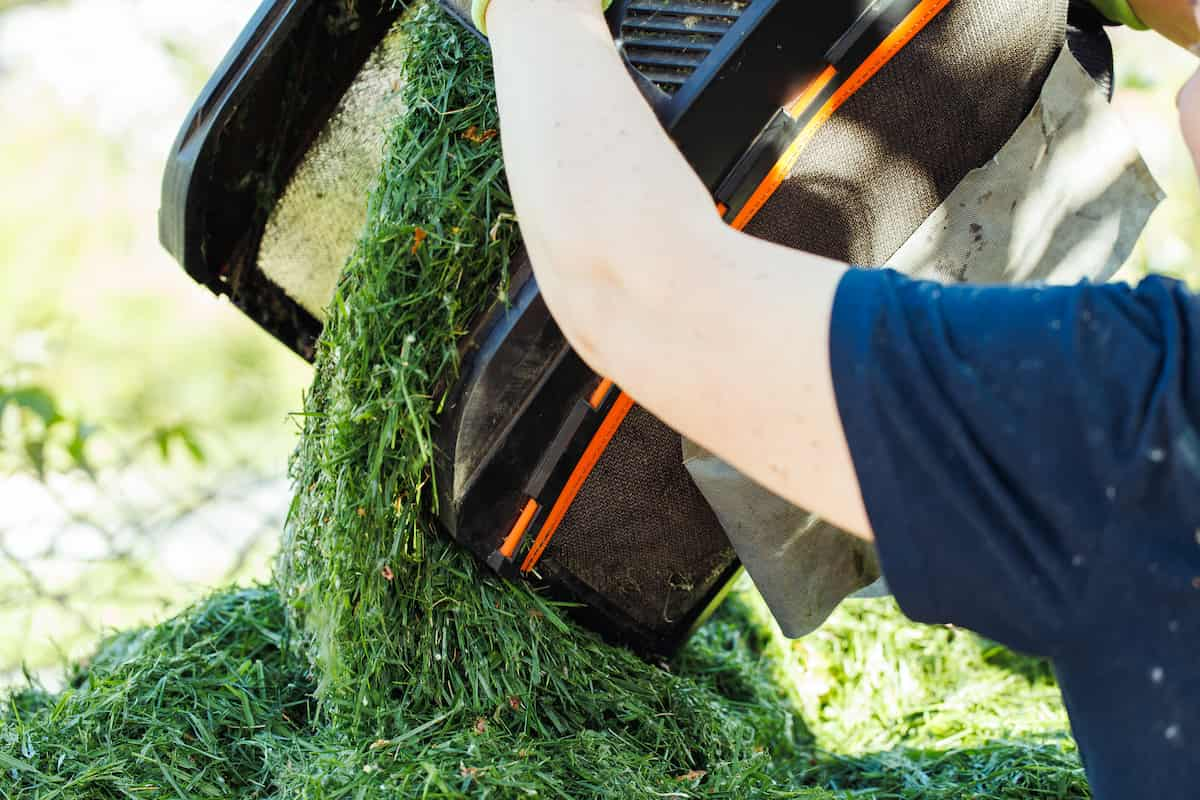
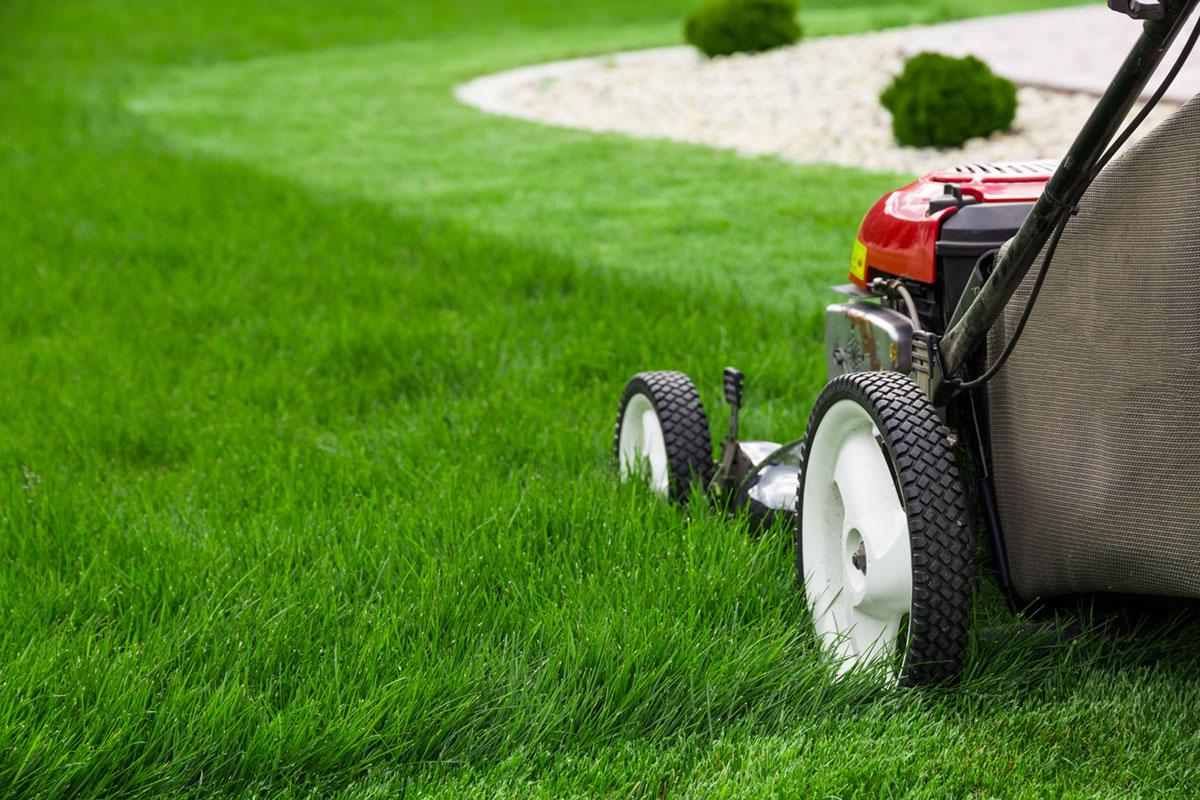
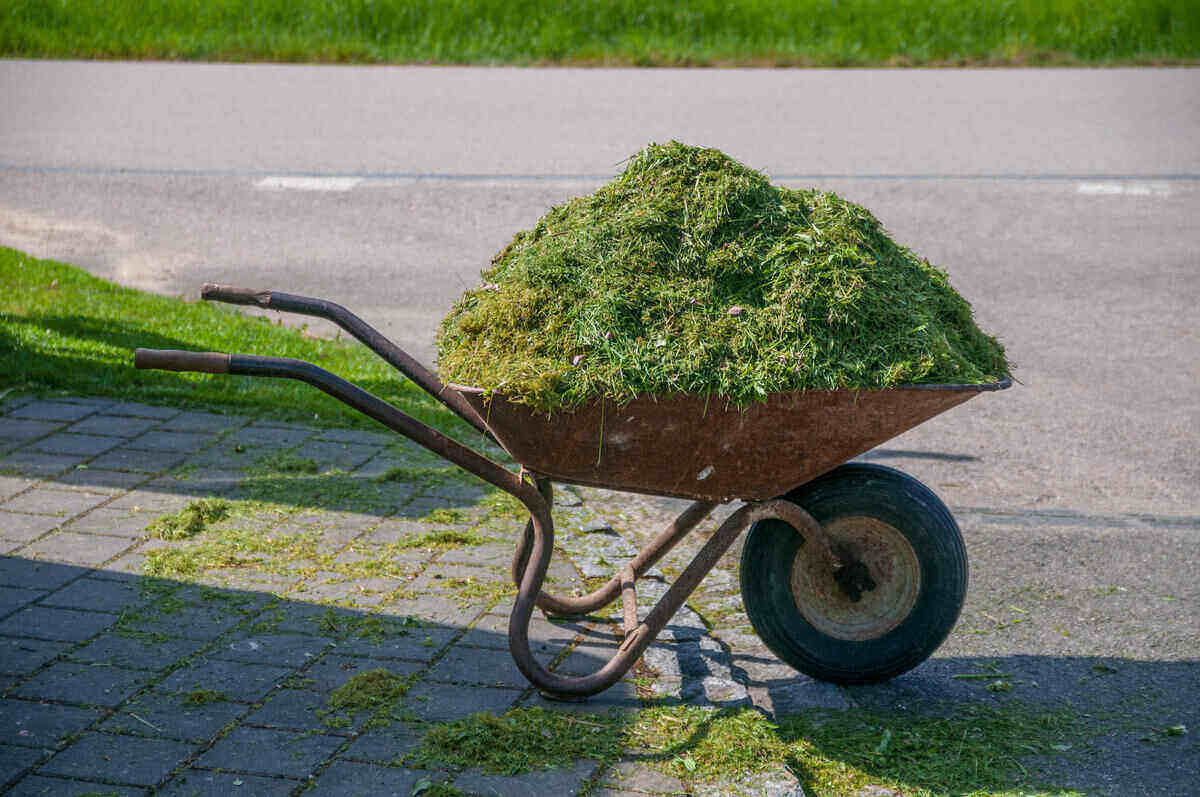
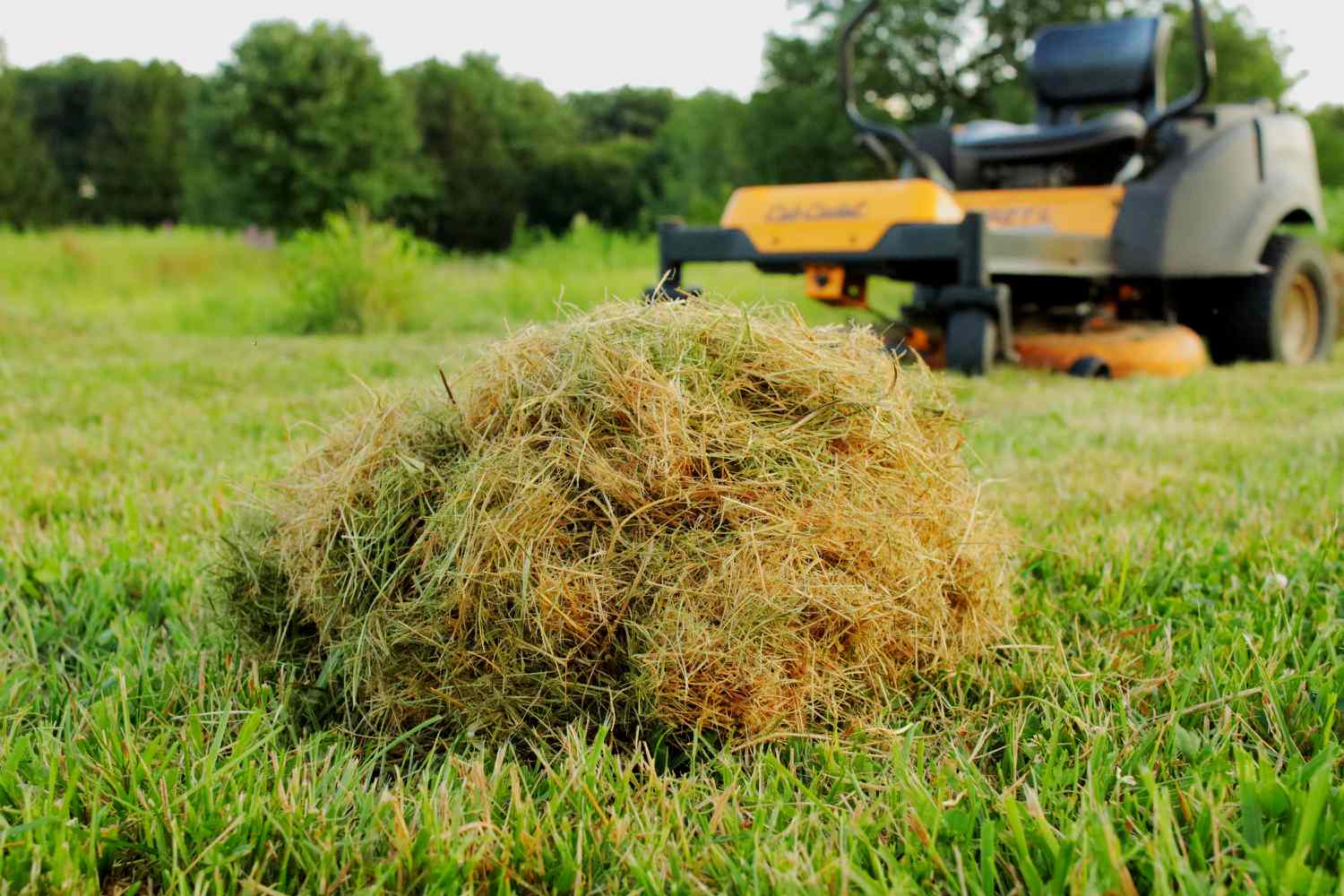
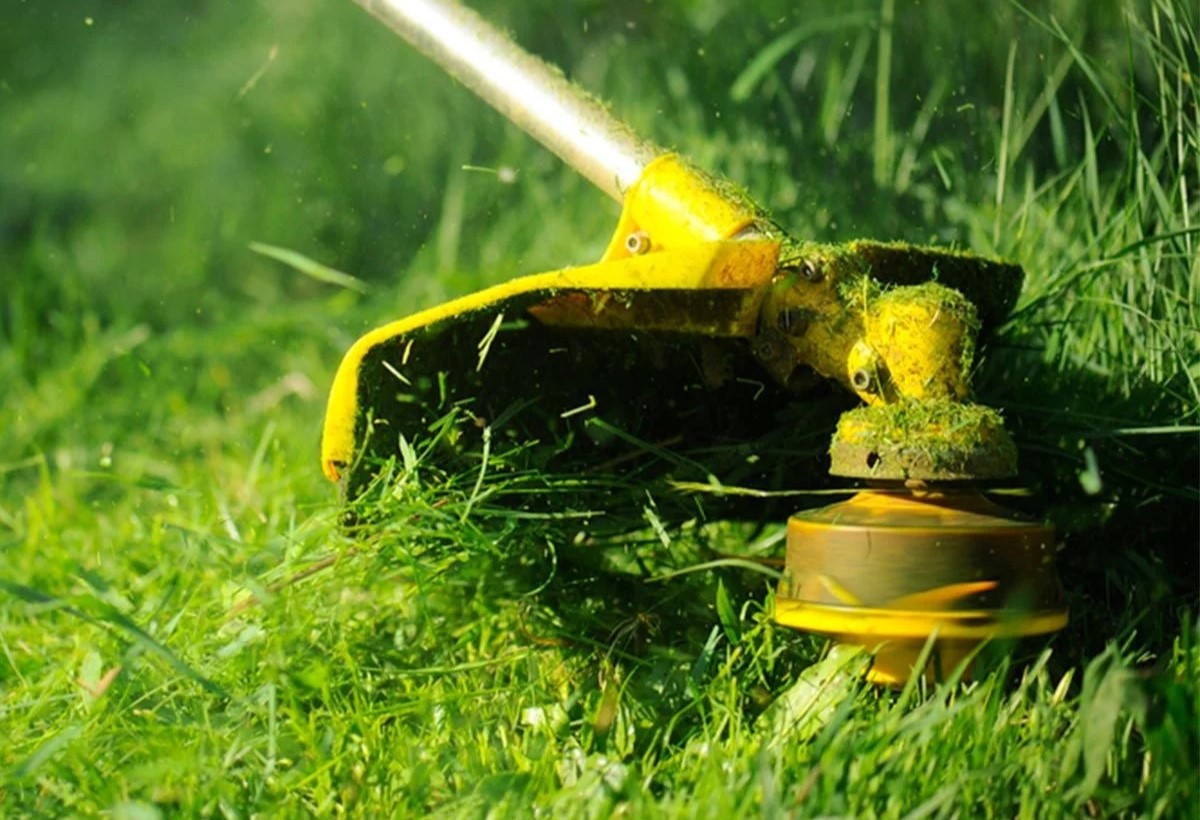
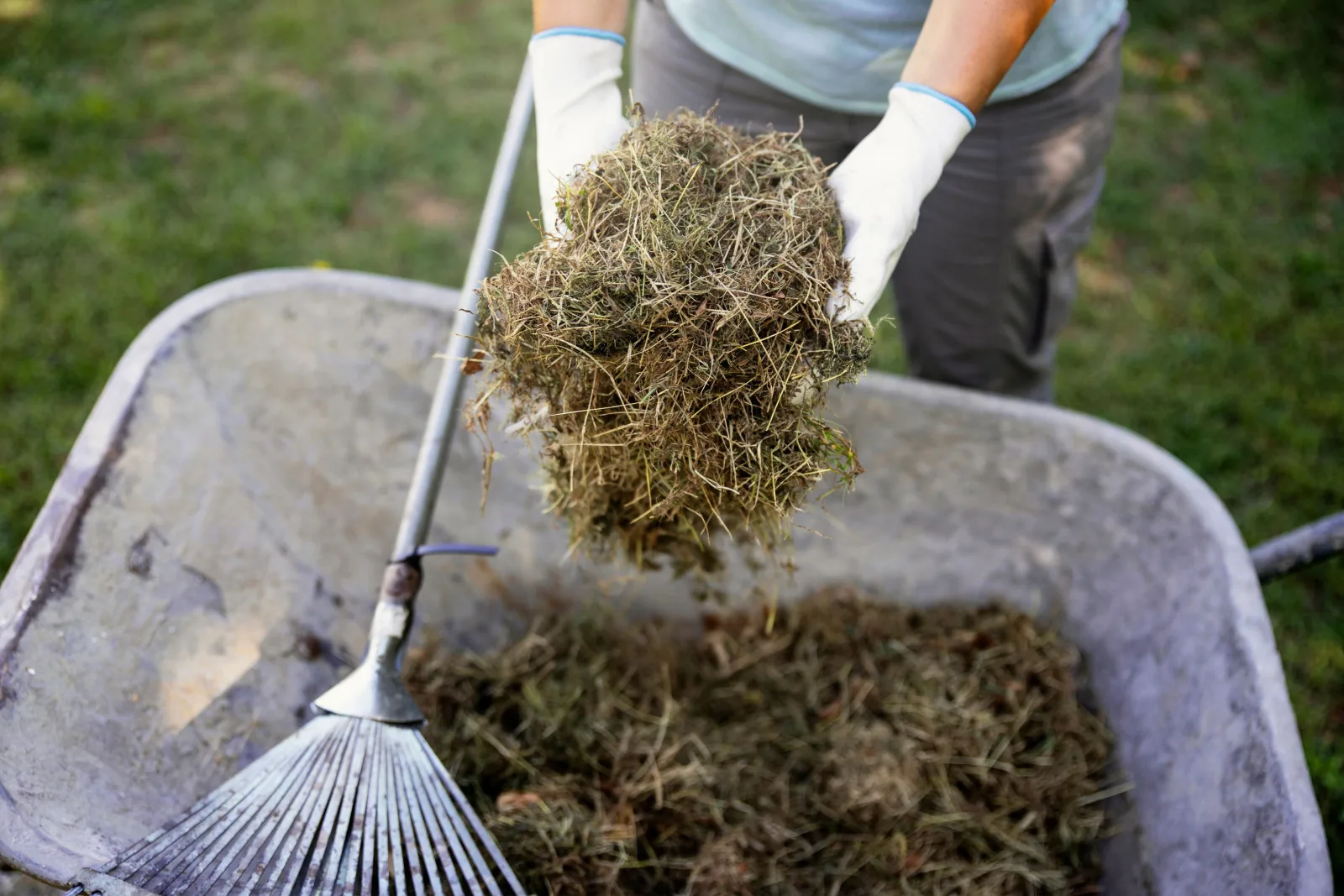
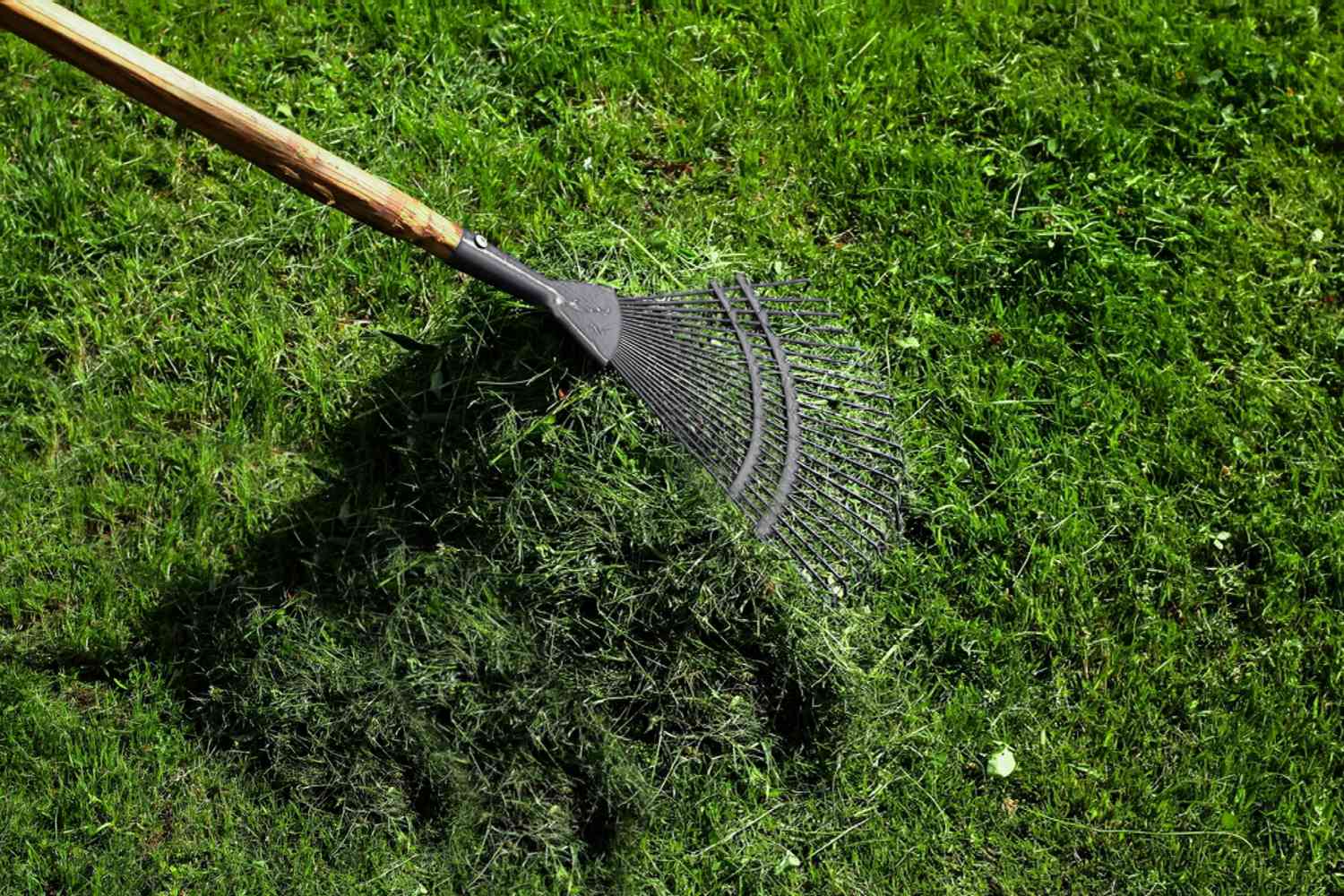
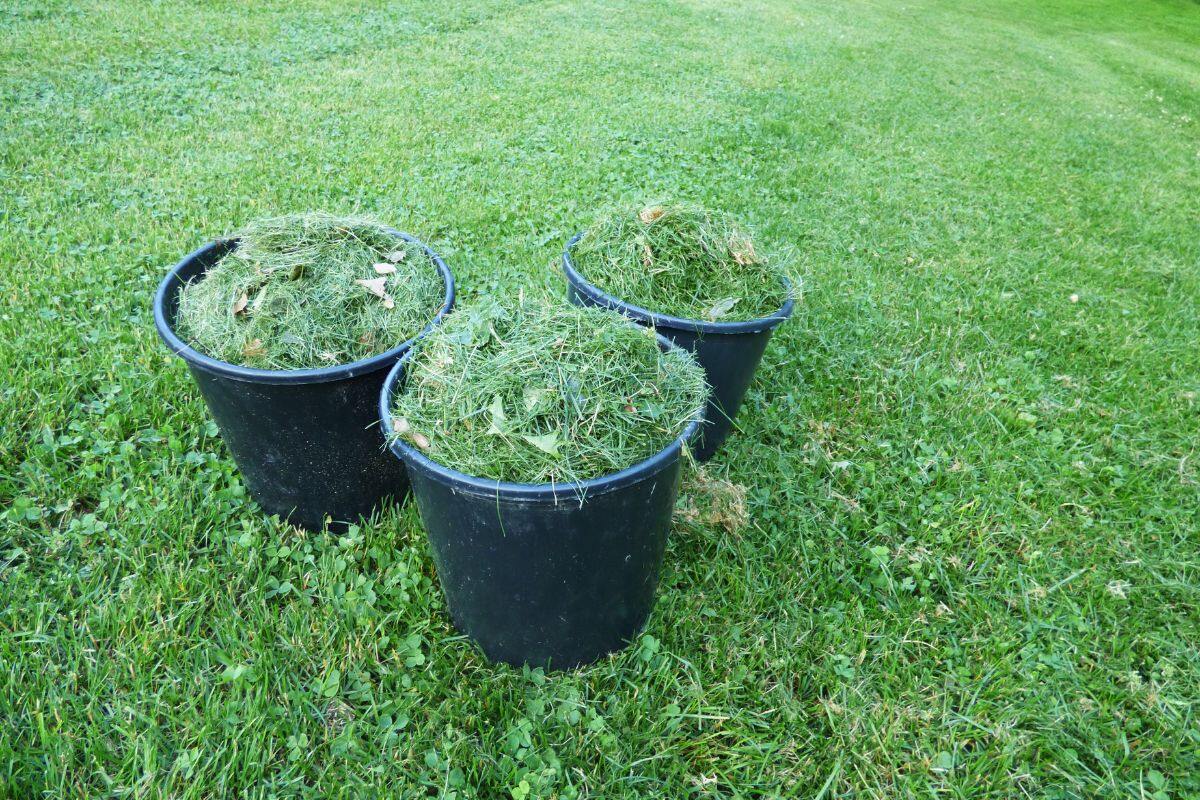
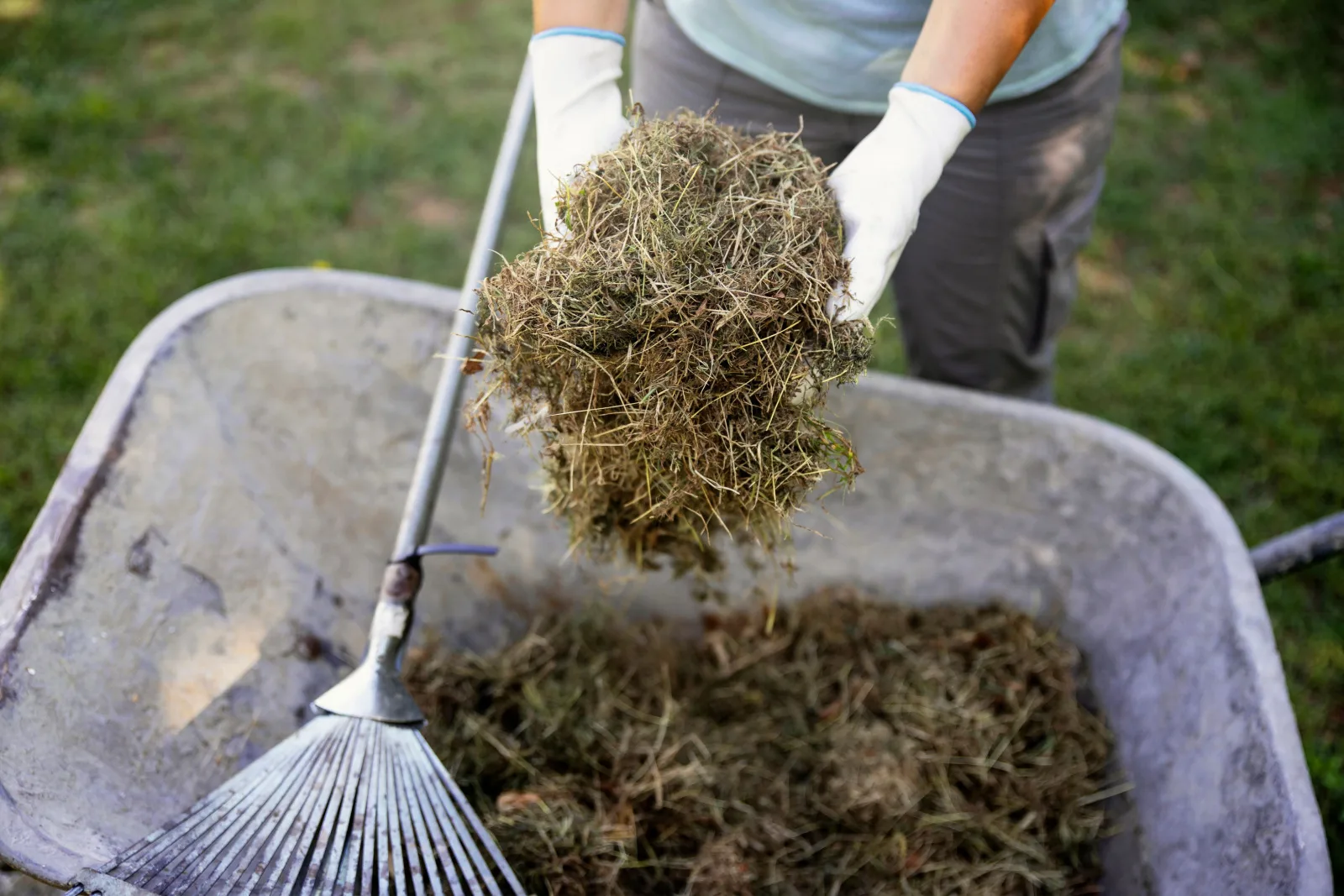
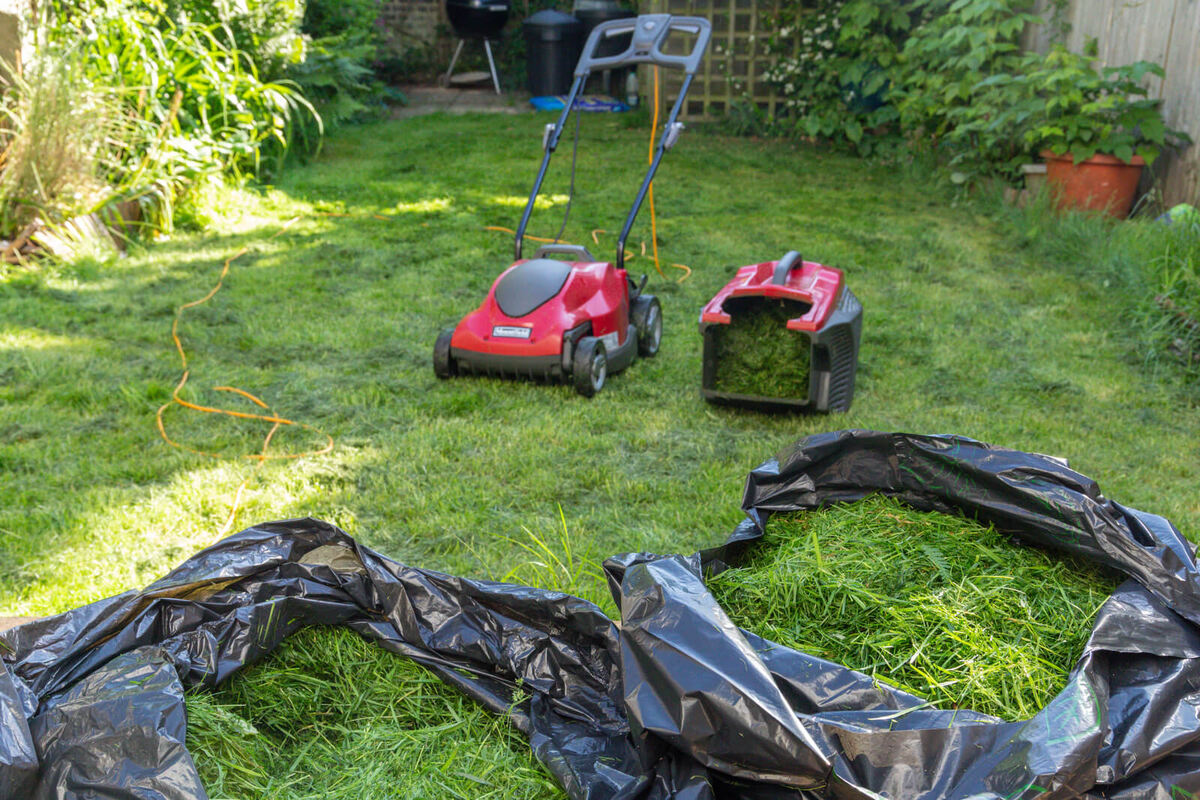
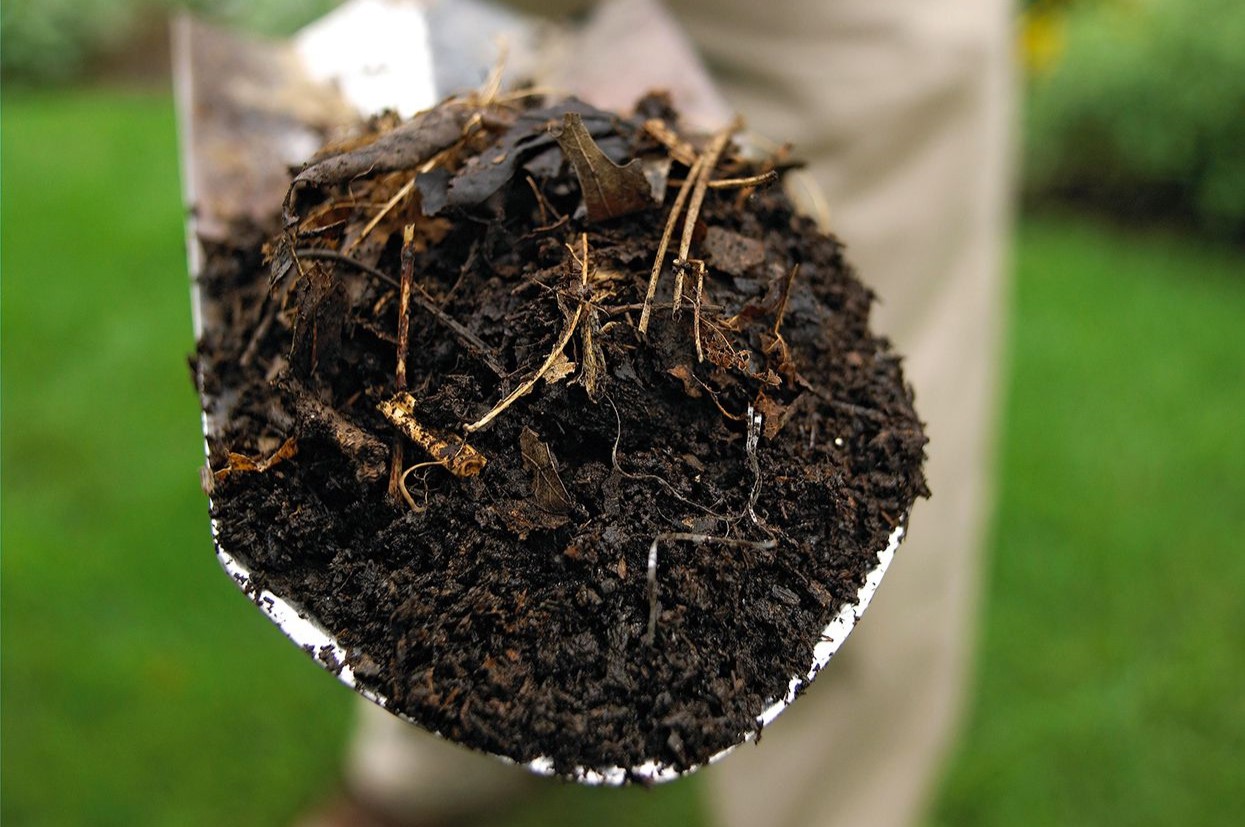




0 thoughts on “How To Store Grass Clippings”